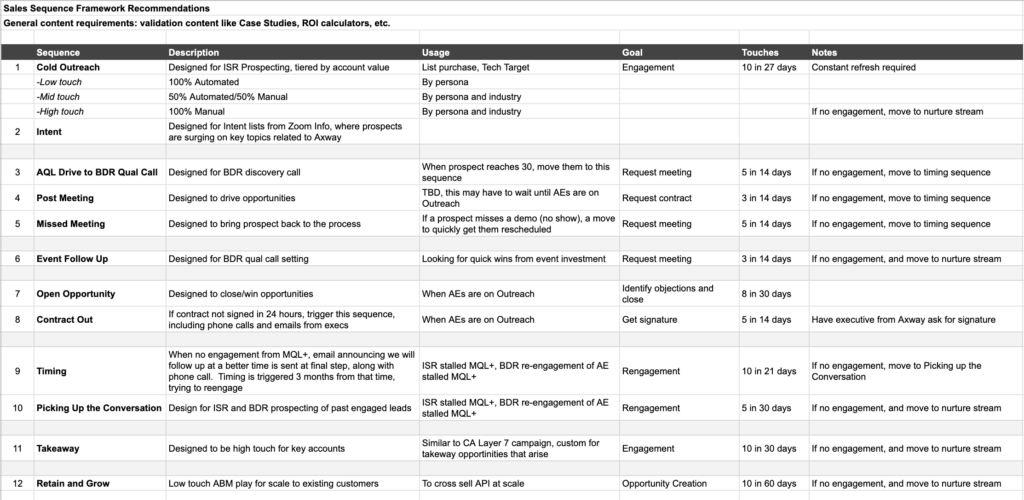Increasing Conversions and Loyalty With Lifecycle Customer Marketing
The traditional sales funnel is practically ancient in our modern, digital world.
Popularized in a 1924 book, "Bond Salesmanship," the sales funnel was created to help individual sales people "lead a customer from attention to interest, and beyond."
Salespeople and teams were advised to push buyers through the funnel by “force of compression,” aka hard, measurable activities such as aggressive emailing and scripted calling.
And while the funnel became a business canon over the next century, most of today’s digitally astute and increasingly unpredictable consumers can no longer be coerced into action or boxed into a one-dimensional, sequential funnel: awareness, interest, consideration, intent, evaluation and purchase.
Prospects in a digital world have a wealth of information at their fingertips across multiple devices, making buying journeys less clear-cut. With search engines just a reach away, the customer today no longer moves sequentially along the funnel. Instead, today’s buying journeys are fluid, moving in and out of stages across multiple brands and competitors.
Lifecycle Customer Marketing (LCM) — or, simply, lifecycle marketing — was born largely in response to these changing consumer types and behaviors. The Digital Marketing Institute defines LCM as a model that is “based entirely on the customer. It factors in the entire customer experience from beginning to end, rather than just the sales-oriented data.
That includes a customer’s first awareness of a brand, their interest and investment in the brand, followed by loyalty and retention.” Smart Insights goes a step further and defines LCM’s four stages as Reach, Act, Convert and Engage (RACE), which can be applied across B2B and B2C industries.
The new LCM cycle, stage by stage
A solid LCM strategy will achieve all the pros of the traditional funnel and LCM’s goals of long-term conversion and customer advocacy. To get a better understanding of this new marketing model, let’s review the different stages and what you need to achieve to succeed:
1. Reach / Awareness
LCM’s first stage overlaps with the sales funnel. Prospects first discover a brand, product, or services and stay in this stage until they decide whether to learn more. Contact strategies in this stage should be value-focused and less promotional.
Types of content and activities to consider include:
- Print and direct marketing
- Display ads and PPC search ads
- SEO-boosting activities, such as website and mobile optimization, removing duplicate content and improving metadata by including keywords and relevant tags
- Content marketing, including blogs, case studies, creative content and social media
2. Act / Interest and Intent
For warm prospects, LCM combines the sales funnel’s interest and intent stages. The reasoning behind the combo is that, in today’s digital climate, interest and intent are deeply intertwined — smart online buyers often move from interest to desire in a heartbeat.
In the Act stage, direct conversations with your brand remain center stage. Effective LCM strategies deeply incorporate human experiences and conversational marketing (live chat, messenger bots and sales calls) to nudge buyers toward the next stage. Be sure to also include:
- Influencer outreach
- Social media
- Top-of-funnel (ToFu) specific web pages
- Optimizing and personalizing your homepage
- Remarketing
- Conversion rate optimization (CRO) activities, such as A/B, multivariate and data-driven testing
- Conversational marketing
- Automated marketing
3. Convert / Decision
The conversion stage is similar to the sales funnel’s decision stage — it is the moment a customer decides to buy your product, service, or solution based on your previous nurturing activities. Marketing activities also include conversational marketing across multiple channels to follow up as needed and to address any final customer questions.
In addition to maintaining direct communications with customers, actively encouraging customer feedback on third-party sites and offering product demos and limited free trials are excellent strategies to complete the conversion.
Other key activities include:
- Personalization
- Remarketing
- Middle-of-funnel (MoFu) and bottom-of-funnel (BoFu) specific landing pages
- Conversational marketing
- Direct sales calls
4. Engagement and Loyalty
This stage is unique to LCM and is arguably the most crucial and compelling part of the cycle. The engagement and loyalty phase encompasses the proactive effort of keeping your customers in the buying cycle — it’s about providing consistent value through content, touching base with customers, maintaining relationships and earning loyal brand advocates.
LCM focuses on the customer at this stage rather than spurring constant repeat sales. They are delighted by fantastic service, great products, friendly follow-ups and prompt resolution of any dissatisfaction.
For customers in this final stage, don't miss out on testing:
- Customer onboarding with ample customer support
- Personalization
- Creating a personalized loyalty program
- Remarketing
- Launching a re-engagement email marketing strategy
Achieving LCM success in your organization
While LCM promises businesses a new paradigm that will keep prospects delighted, in the buying cycle and loyal, flipping to a completely new model is challenging even for the most established organizations.
Not only do you need buy-in from upper management, but you need to have a detailed understanding of your customers and alignment across multiple departments. Engaging a marketing consultancy like Unreal is recommended to ensure the move from traditional sales models to LCM is well-planned, coordinated and supported by the necessary tools and knowledge for success (think personas, customer mapping, content creation and orchestration).
Don't hesitate to contact us if you have any questions or would like to learn more about how you can future-proof your marketing efforts into the new year and beyond.


